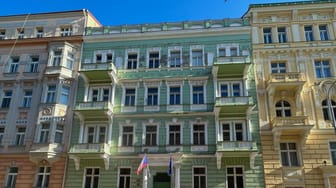National Memorial on Vítkov Hill
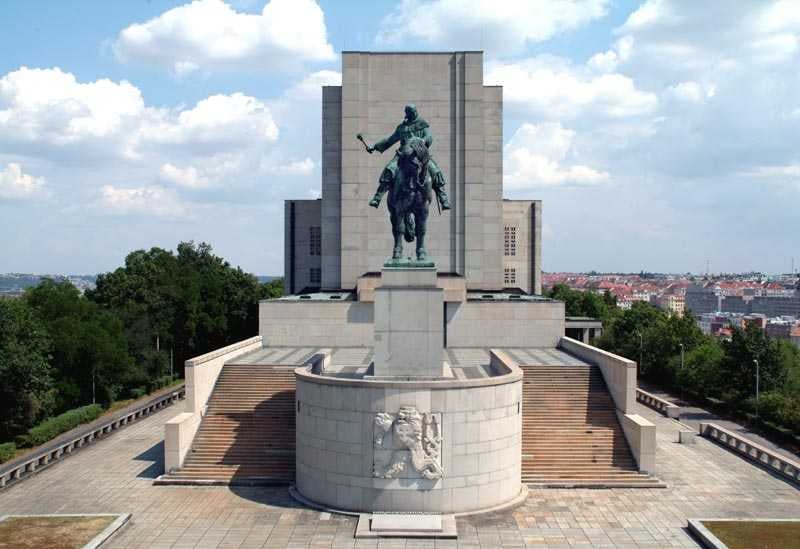
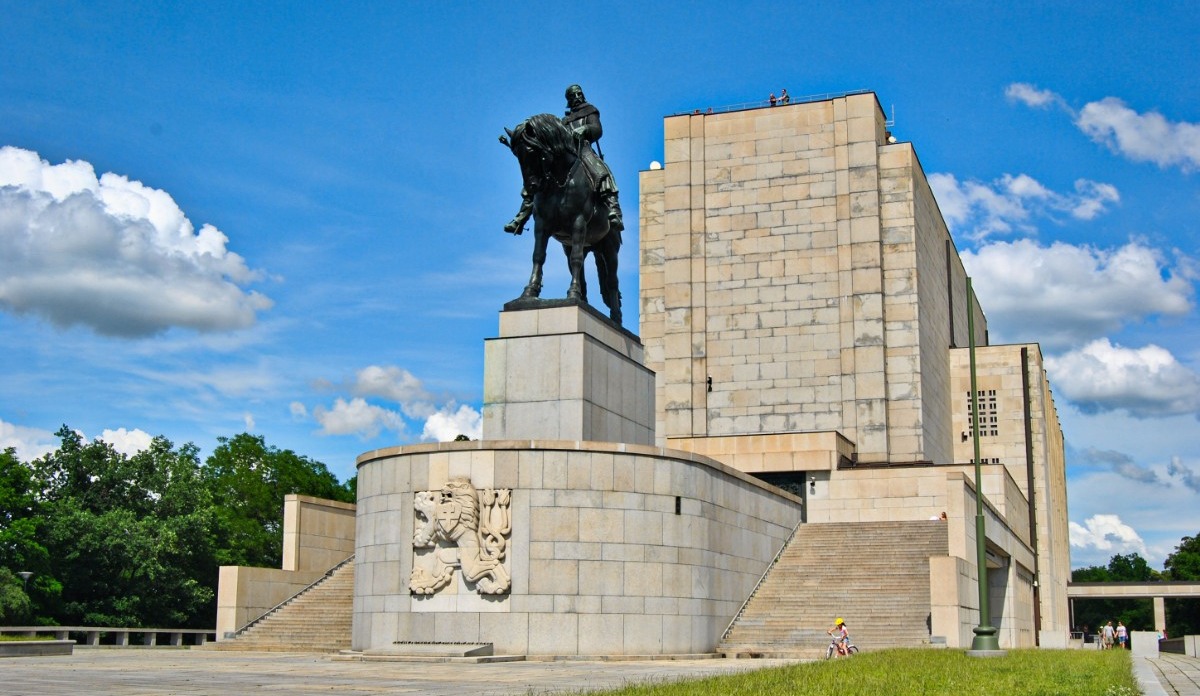

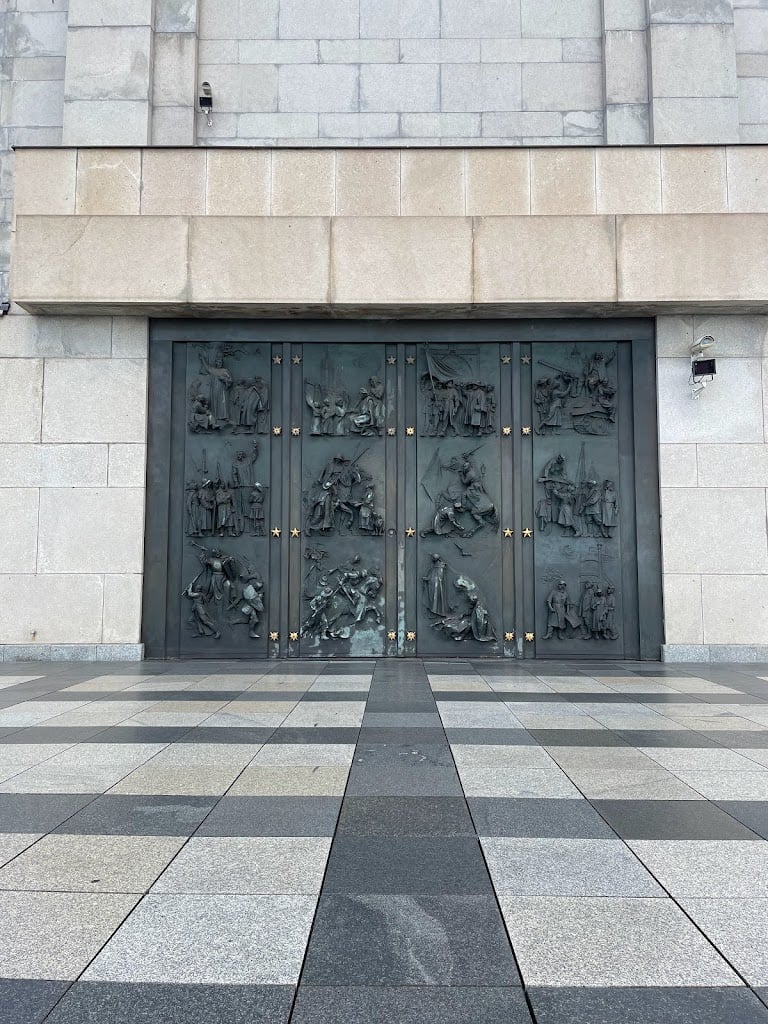
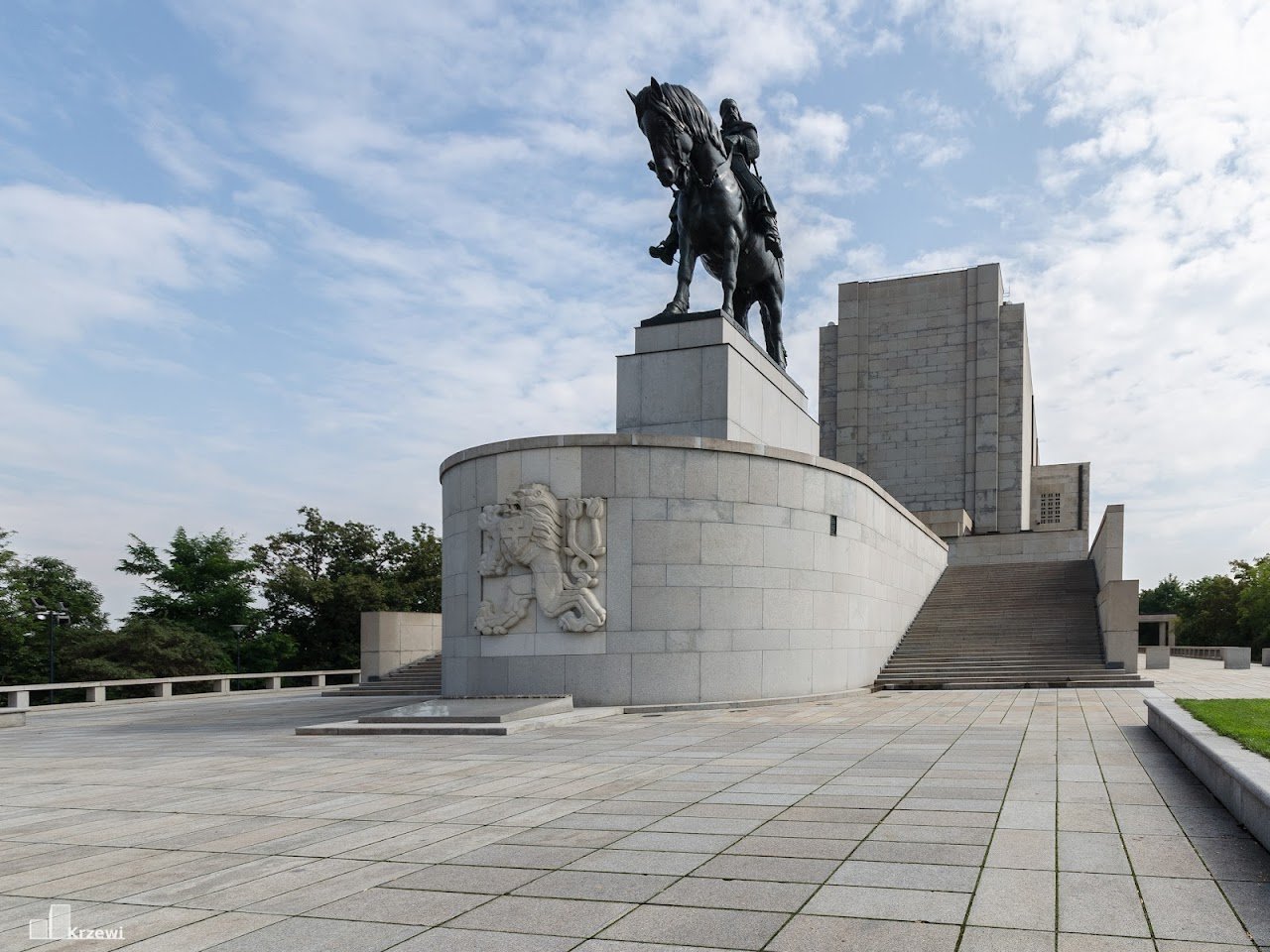
What people say
Pedro Pereira
Available for hire
"The hill known as Vítkov holds significant historical importance, particularly marked by the battle on July 14, 1420, when Hussite troops led by Jan Žižka defeated the Crusaders. This victory inspired the hill to be named Žižkov in honor of its heroic leader. In commemoration of this and other pivotal events, the National Memorial was constructed under the design of architect Jan Zázvorka. This impressive constructivist building, measuring 142 meters in length and 31.5 meters in height, was initiated with a ceremonial groundbreaking by Tomáš Garrigue Masaryk on November 8, 1928, and construction began in 1929. The massive granite-paneled structure was completed in 1932, with interior decorations continuing until 1938. However, the memorial was left largely unattended during World War II, as the Wehrmacht repurposed the site for storage, leading to significant damage.
On July 14, 1949, the remains of an unknown soldier from the Battle of Dukla were placed in a sarcophagus in front of the Memorial, which features a granite slab adorned with the national emblem and the inscription “Glory to heroes, who died for their country.” The original emblem from the First Republic, created by sculptor Otakar Španiel, was replaced in 1962 with a socialist emblem, but a replica of Španiel’s emblem was later installed in 1997. The Memorial’s entrance boasts bronze doors crafted by sculptor Josef Malejovský, embellished with reliefs dedicated to the Hussite era.
Inside, the ceremonial hall is adorned with a grand organ, marble tiles, and access to various lounges. The mausoleum of Klement Gottwald was established on June 22, 1954, but it was dismantled in 1962. The central hall contains Gottwald's sarcophagus, alongside ten others that commemorate notable figures, including former presidents. Some remains have been returned to families since 1990, while others were interred in a common grave at Olšanské Cemetery.
The Memorial also features a Hall of Fallen Warriors dedicated to World War I and II soldiers, decorated with mosaics by Max Švabinský and verses by Vítězslav Nezval. Nearby, the Hall of the Soviet Army houses the remains of an unknown Soviet soldier and is adorned with mosaics and verses. In front of the Memorial stands one of the world’s largest bronze equestrian statues, a monument to Jan Žižka created by Bohumil Kafka, unveiled in 1950.
In 1962, the National Memorial in Žižkov was declared a national cultural monument. It came under the management of the National Museum in 2001 and underwent significant reconstruction from May 2007 to October 2009. The ceremonial reopening took place on October 25, 2009, and the Memorial has been accessible to the public since October 29, 2009, standing as a testament to the resilience and history of the Czech people."
Read more in:
Mentioned in these guides
About National Memorial on Vítkov Hill
Get the inside scoop on National Memorial on Vítkov Hill from local experts, travel creators, and tastemakers. Browse genuine trip notes, National Memorial on Vítkov Hill reviews, photos, travel guides, and itineraries from real travelers and plan your trip with confidence.
Phone
Save this spot for later or start mapping out a new trip today
Try our AI Travel Assistant and get instant answers to any questions about your trip.
Ask ThatchGPT

